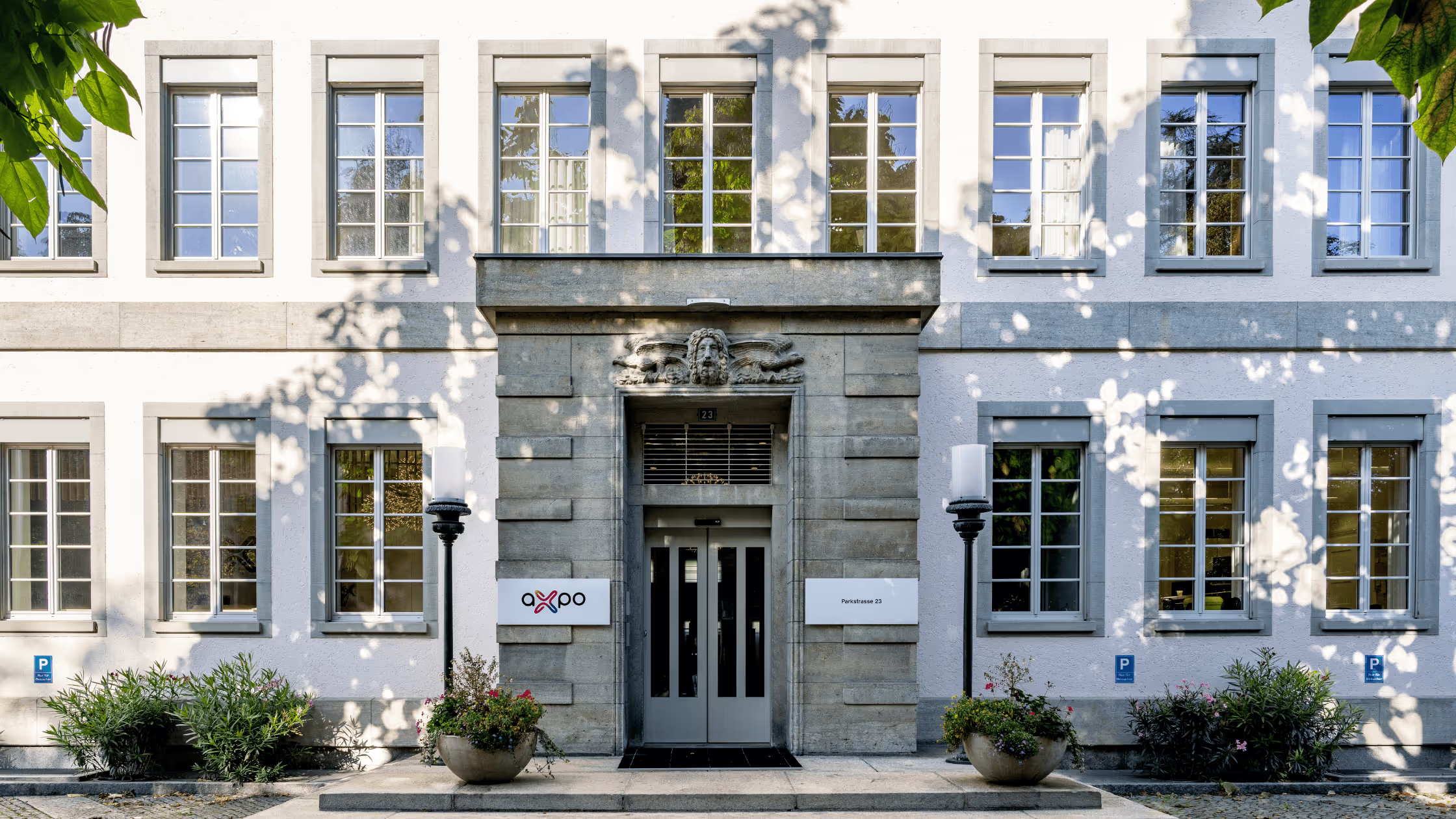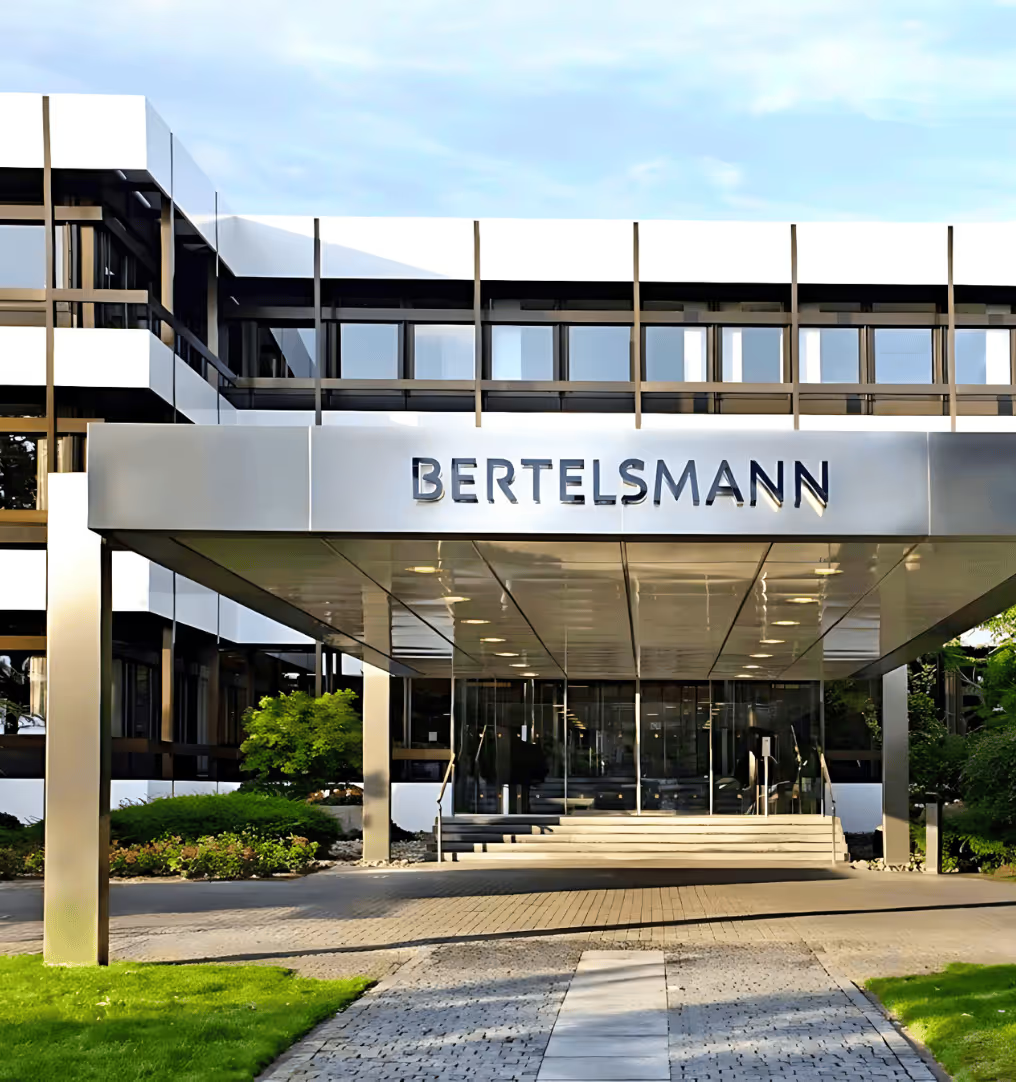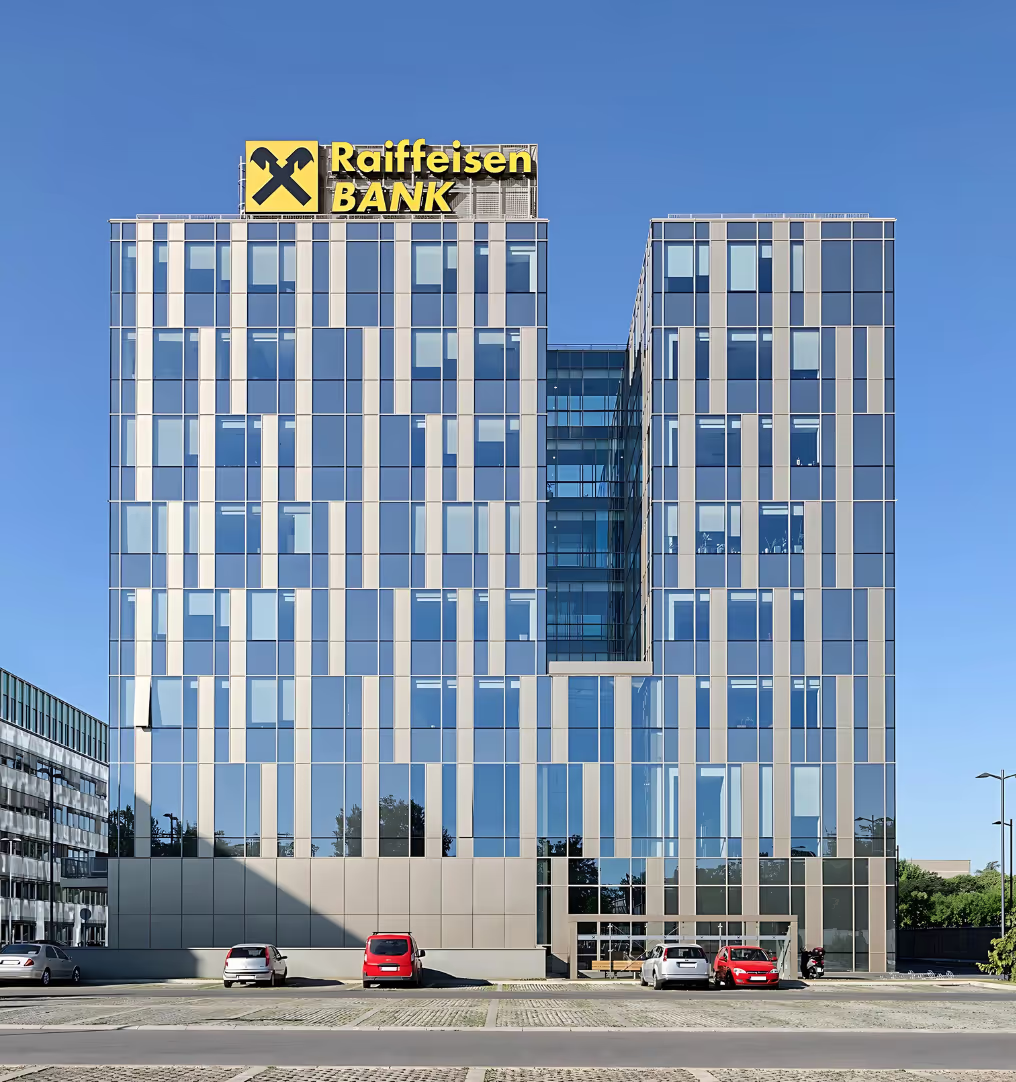Leitfaden zur strategischen Beschaffung und zum Beschaffungszyklus

Die Beschaffung hat sich von einer transaktionalen Funktion zu einem strategischen Faktor für das Geschäftswachstum entwickelt. Unternehmen konzentrieren sich nicht mehr ausschließlich auf Kostensenkungen, sondern streben danach, belastbare Lieferketten aufzubauen, Beschaffungsstrategien zu optimieren und die langfristige Wertschöpfung voranzutreiben. Strategische Beschaffung ist der Schlüssel zur Erreichung dieser Ziele.
Unterbrechungen der Lieferkette, sich ändernde Marktbedingungen und geopolitische Unsicherheiten haben die Beschaffung komplexer denn je gemacht. Um diese Herausforderungen effektiv zu bewältigen, benötigen Unternehmen einen strukturierten Ansatz, der über den transaktionalen Einkauf hinausgeht. Ein klar definierter strategischer Beschaffungs- und Beschaffungszyklus hilft Unternehmen dabei, die Lieferantenauswahl zu verbessern, Risiken zu reduzieren, Kosten zu optimieren und die Einhaltung gesetzlicher und Nachhaltigkeitsstandards sicherzustellen.
Darüber hinaus hat die Integration der digitalen Transformation in die Beschaffung mithilfe von KI, Automatisierung und Datenanalyse die Art und Weise, wie Unternehmen mit der Beschaffung umgehen, revolutioniert. Mit technologiegestützten Erkenntnissen können Einkaufsteams fundierte Entscheidungen treffen, die den finanziellen und betrieblichen Zielen ihres Unternehmens entsprechen.
Für Einkaufsleiter, die mit Volatilität umgehen müssen, bietet ein datengestützter Ansatz, bei dem die Digitalisierung an erster Stelle steht, Geschwindigkeit, Transparenz und Belastbarkeit. In diesem Blog werden die Grundlagen der strategischen Beschaffung, die wichtigsten Phasen des Beschaffungs- und Beschaffungszyklus sowie die Frage untersucht, wie Unternehmen strukturierte Prozesse zur Optimierung ihrer Beschaffungsabläufe nutzen können.
Strategische Beschaffung verstehen
Die strategische Beschaffung ist ein proaktiver, langfristiger Ansatz für den Einkauf von Waren und Dienstleistungen, der die Beschaffungsaktivitäten an den Geschäftszielen ausrichtet. Im Gegensatz zur traditionellen Beschaffung, die sich in erster Linie auf kurzfristige Kosteneinsparungen und Auftragsabwicklung konzentriert, priorisiert die strategische Beschaffung:
- Gesamtbetriebskosten (TCO): Bewertung von Kosten, die über den Preis hinausgehen, einschließlich Logistik-, Lager- und Lebenszykluskosten.
- Lieferantenbeziehungsmanagement (SRM): Aufbau langfristiger Partnerschaften mit wichtigen Lieferanten zur Verbesserung der Zusammenarbeit und Innovation.
- Risikomanagement: Identifizierung und Minderung von Lieferkettenunterbrechungen, geopolitischen Risiken und Compliance-Problemen.
- Nachhaltigkeit und Compliance: Sicherstellen, dass die Beschaffungsaktivitäten den ethischen Beschaffungs- und regulatorischen Anforderungen entsprechen.
- Digitale Transformation: Einsatz von KI, Automatisierung und Beschaffungsanalysen für intelligentere Entscheidungen.
Diese Prioritäten sind von entscheidender Bedeutung für CPOs, die die Beschaffung mit Geschäftskontinuität, ESG-Mandaten und Innovationszielen verknüpfen möchten. Durch die Implementierung strategischer Beschaffungspraktiken steigern Unternehmen die betriebliche Effizienz, verbessern die Kostenkontrolle und bauen widerstandsfähigere Lieferketten auf, die sich an veränderte Marktbedingungen anpassen können. Schauen wir uns jetzt den Beschaffungs- und Beschaffungszyklus an.
Lesen Sie auch: Die Bedeutung der Beschaffungstransformation verstehen
Der Beschaffungs- und Beschaffungszyklus
Der Beschaffungs- und Beschaffungszyklus ist ein strukturierter Prozess, der Unternehmen dabei hilft, Waren und Dienstleistungen effizient zu erwerben und gleichzeitig die Geschäftsziele zu berücksichtigen. Er geht über den transaktionalen Einkauf hinaus und konzentriert sich auf Lieferantenbeziehungen, Kostenkontrolle, Risikomanagement und betriebliche Effizienz.
Ein klar definierter Beschaffungszyklus unterstützt:
- Lieferantenauswahl — Identifizierung zuverlässiger Lieferanten durch gründliche Bewertung und Risikobewertung.
- Kostenmanagement — Reduzierung der Ausgaben durch Datenanalyse, Kategorienmanagement und Verhandlungsstrategien.
- Risikokontrolle — Bekämpfung der Zuverlässigkeit der Lieferanten, der Einhaltung gesetzlicher Vorschriften und möglicher Unterbrechungen der Lieferkette.
- Verbesserung des Prozesses — Einsatz von Technologie zur Automatisierung von Beschaffungsabläufen und zur Unterstützung fundierter Entscheidungen.
Da sich Unternehmen mit sich ändernden Marktbedingungen, regulatorischen Änderungen und Herausforderungen in der Lieferkette auseinandersetzen müssen, hilft ein strukturierter Beschaffungsansatz dabei, die Stabilität aufrechtzuerhalten, die Kosten zu kontrollieren und die langfristigen Ergebnisse zu verbessern.
Im nächsten Abschnitt werden alle Phasen des Lebenszyklus sowie Strategien und Tools behandelt, die den Erfolg der Beschaffung unterstützen.
Lesen Sie auch: Grundlegendes zur Materialbeschaffung: Prozess, Typen, Schritte und Strategien
Wichtige Phasen des strategischen Beschaffungslebenszyklus
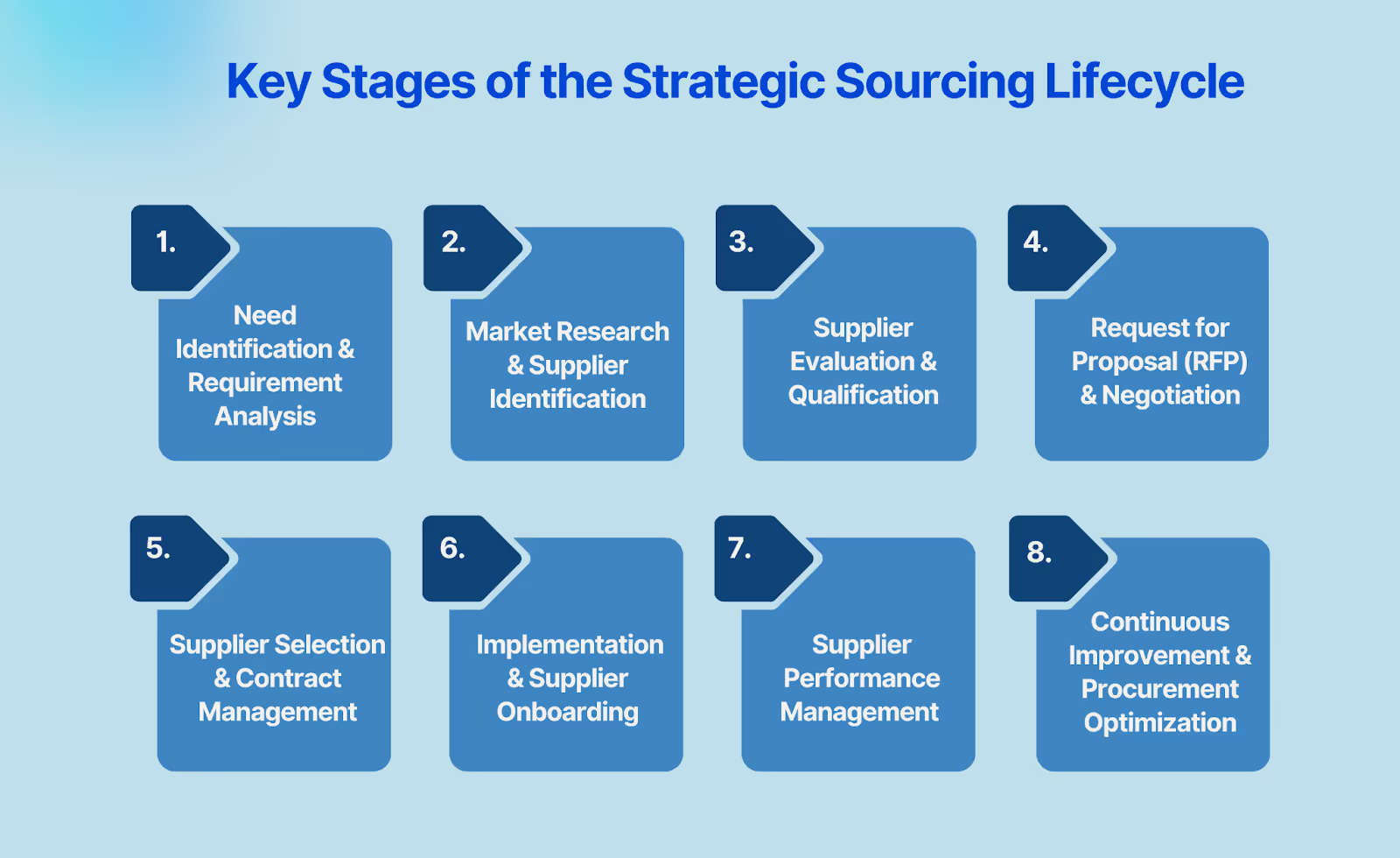
Der strategische Beschaffungszyklus folgt einem schrittweisen Ansatz, um sicherzustellen, dass die Beschaffungsentscheidungen mit den Geschäftszielen, den Leistungserwartungen der Lieferanten und den Kosteneffizienzzielen übereinstimmen. Jede Phase spielt eine entscheidende Rolle beim Aufbau einer strukturierten und nachhaltigen Beschaffungsstrategie.
1. Bedarfsermittlung und Anforderungsanalyse
Bevor die Beschaffung beginnt, müssen die Einkaufsteams die Geschäftsanforderungen klar definieren. Diese Phase beinhaltet:
- Identifizierung der benötigten Waren oder Dienstleistungen und ihrer Spezifikationen.
- Bewertung von Nachfrageprognosen und historischen Beschaffungsdaten.
- Abstimmung der Beschaffungsanforderungen mit Budgetbeschränkungen und Geschäftsprioritäten.
Bei großen Unternehmen stellt eine frühzeitige Abstimmung zwischen den Abteilungen sicher, dass die strategische Beschaffung auf der tatsächlichen Nachfrage des Unternehmens basiert und nicht auf dem reaktiven Einkauf.
2. Marktforschung und Lieferantenidentifikation
Sobald der Bedarf feststeht, bewerten die Einkaufsteams die Lieferantenlandschaft, um potenzielle Anbieter zu finden. Dieser Schritt beinhaltet:
- Durchführung von Marktforschungen, um Preistrends, Lieferantenkapazitäten und Branchen-Benchmarks zu verstehen.
- Identifizierung von Lieferanten, die technische, finanzielle und Compliance-Anforderungen erfüllen.
- Analyse von Lieferkettenrisiken, einschließlich geopolitischer Faktoren und regulatorischer Änderungen.
Einkaufsleiter verschaffen sich einen Wettbewerbsvorteil, wenn die Präqualifizierung von Lieferanten ESG-Metriken und digitale Bereitschaft umfasst.
3. Bewertung und Qualifizierung von Lieferanten
Nicht alle Lieferanten erfüllen die Geschäftsanforderungen, daher ist eine Bewertung erforderlich, bevor Sie fortfahren. Organisationen bewerten:
- Finanzielle Stabilität, Betriebsfähigkeit und bisherige Leistung.
- Einhaltung von Branchenvorschriften, Nachhaltigkeitszielen und ethischen Beschaffungsrichtlinien.
- Reaktionsfähigkeit auf Geschäftsanforderungen und Fähigkeit, die Erwartungen an das Serviceniveau zu erfüllen.
Die Nutzung von Scorecards und KI-basierten Überprüfungstools gewährleistet Konsistenz und Rückverfolgbarkeit über globale Lieferantenpools hinweg.
4. Angebotsanfrage (RFP) und Verhandlung
Die Beschaffungsteams laden Lieferanten, die in die engere Wahl kommen, auf der Grundlage vordefinierter Anforderungen ein, Vorschläge einzureichen. Zu den wichtigsten Aktivitäten gehören:
- Entwickeln Sie eine strukturierte Angebotsanfrage (RFP), in der Preise, Lieferbedingungen, Qualitätserwartungen und Konformitätskriterien dargelegt werden.
- Bewertung von Lieferantenvorschlägen durch ein standardisiertes Bewertungssystem.
- Aushandlung von Preisen, Vertragsbedingungen, Serviceniveaus und Vereinbarungen zur Risikoteilung.
Strategische Beschaffungsteams profitieren von geführten digitalen Workflows, die die Verhandlungszyklen verkürzen und die Lieferantenbindung verbessern.
5. Lieferantenauswahl und Vertragsmanagement
Sobald die Verhandlungen abgeschlossen sind, finalisieren die Beschaffungsteams die Lieferantenauswahl und die Vertragsbedingungen. Diese Phase beinhaltet:
- Vergleich der Angebote auf der Grundlage der Gesamtbetriebskosten (TCO), des langfristigen Werts und der Risikoexposition.
- Ausarbeitung von Verträgen, in denen Leistungskennzahlen, Strafklauseln und Service Level Agreements (SLAs) festgelegt sind.
- Sicherstellung der Einhaltung gesetzlicher und behördlicher Vorschriften vor der Vertragsausführung.
Intelligente Vertragssysteme reduzieren den Verwaltungsaufwand und verbessern gleichzeitig die Durchsetzung der Leistungsschwellen.
6. Implementierung und Lieferanten-Onboarding
Nach der Unterzeichnung der Verträge müssen die Lieferanten in das Beschaffungsökosystem integriert werden. Diese Phase beinhaltet:
- Abstimmung interner Teams wie Finanzen, Betrieb und Compliance auf die Einkaufsziele.
- Einrichtung von Beschaffungssystemen, Zahlungsbedingungen und Kommunikationskanälen.
- Bereitstellung von Onboarding-Support für Lieferanten, einschließlich Systemzugriff und Prozessschulung.
Ein strukturierter Onboarding-Prozess beschleunigt die Amortisierungszeit und verbessert die Leistungskennzahlen im ersten Jahr.
7. Leistungsmanagement für Lieferanten und Aufbau von Beziehungen
Das Management der Lieferantenleistung ist für den langfristigen Erfolg unerlässlich. Die Beschaffungsteams überwachen:
- Wichtige Leistungsindikatoren (KPIs) wie Lieferfristen, Qualitätsstandards und Kosteneffizienz.
- Einhaltung von Vertragsbedingungen, regulatorischen Anforderungen und Nachhaltigkeitsverpflichtungen.
- Möglichkeiten zur Zusammenarbeit, Innovation und kontinuierlichen Verbesserung mit Lieferanten.
SRM-Plattformen, die Stimmungen, Innovationswerte und vierteljährliche Bewertungen erfassen, fördern stärkere langfristige Allianzen.
8. Kontinuierliche Verbesserung und Optimierung der Beschaffung
Die Beschaffung ist ein fortlaufender Prozess, der eine regelmäßige Bewertung und Verfeinerung erfordert. Organisationen konzentrieren sich auf:
- Analyse von Beschaffungsdaten zur Identifizierung von Ineffizienzen, Kosteneinsparungsmöglichkeiten und Lieferantenrisiken.
- Anpassung der Beschaffungsstrategien an sich ändernde Marktbedingungen und Geschäftsanforderungen.
- Integration neuer Technologien wie KI-gestützter Analysen und Automatisierung zur Verbesserung der Einkaufseffizienz.
Zukunftsorientierte CPOs verwenden iterative Beschaffungsmodelle, um anpassungsfähige, innovationsgetriebene Beschaffungsteams aufzubauen.
Jede Phase des strategischen Beschaffungszyklus trägt zu einer strukturierteren, datengesteuerten und risikobewussteren Beschaffungsfunktion bei.
Schauen wir uns nun einige der besten Praktiken in der strategischen Beschaffung an.
Lesen Sie auch: Verständnis von Beschaffungskosten und Reduktionsstrategien
Bewährte Verfahren in der strategischen Beschaffung
Strategische Beschaffung geht über Kostensenkung hinaus — sie konzentriert sich auf den Aufbau starker Lieferantenbeziehungen, die Verbesserung der Effizienz, die Minderung von Risiken und die Ausrichtung der Beschaffung auf langfristige Geschäftsziele.
Unternehmen, die Best Practices in der Beschaffung anwenden, können widerstandsfähigere Lieferketten aufbauen, Beschaffungsstrategien optimieren und die allgemeine Betriebsleistung verbessern.
Im Folgenden finden Sie einige wichtige Best Practices im strategischen Einkauf, die Unternehmen dabei unterstützen, den Wert zu steigern und die Einkaufsergebnisse zu verbessern.
1. Richten Sie die Beschaffung an den Geschäftszielen aus
Die Beschaffung sollte eng in die allgemeine Geschäftsstrategie eines Unternehmens integriert werden. Um dies zu erreichen, müssen die Beschaffungsteams:
- Verstehen Sie die Unternehmensziele und stellen Sie sicher, dass Beschaffungsentscheidungen das Geschäftswachstum unterstützen.
- Binden Sie wichtige Interessengruppen, einschließlich Finanz-, Betriebs- und Lieferkettenteams, in die Beschaffungsplanung ein.
- Legen Sie klare KPIs fest, um den Beitrag der Beschaffung zu Kosteneinsparungen, Effizienz und Risikomanagement zu messen.
Bewährtes Verfahren: Führen Sie regelmäßige strategische Beschaffungsüberprüfungen durch, um sicherzustellen, dass die Beschaffungsinitiativen den sich ändernden Geschäftsanforderungen entsprechen.
2. Implementieren Sie das Kategoriemanagement
Das Kategoriemanagement beinhaltet die Gruppierung ähnlicher Einkäufe in strategische Kategorien, um die Beschaffung und das Lieferantenmanagement zu optimieren. Zu den wichtigsten Vorteilen gehören:
- Bessere Verhandlungsmacht mit Lieferanten aufgrund von Großeinkäufen und Mengenrabatten.
- Verbesserte Zusammenarbeit mit Lieferanten für Innovation, Kostensenkung und Effizienz.
- Bessere Transparenz der Ausgabenmuster, was eine bessere Budgetierung und Prognose ermöglicht.
Bewährtes Verfahren: Entwickeln Sie kategoriespezifische Beschaffungsstrategien, die sich auf die Wertschöpfung und nicht nur auf die Kostenreduzierung konzentrieren.
3. Bauen Sie starke Lieferantenbeziehungen auf
Eine erfolgreiche Beschaffung hängt von der Aufrechterhaltung starker, kooperativer Beziehungen zu wichtigen Lieferanten ab. Organisationen sollten:
- Gehen Sie über transaktionale Lieferanteninteraktionen hinaus und bauen Sie langfristige Partnerschaften auf.
- Entwickeln Sie gemeinsame Initiativen mit Lieferanten zur Kostenoptimierung, Innovation und Risikoteilung.
- Führen Sie regelmäßige Lieferantenbewertungen durch und geben Sie Feedback zur kontinuierlichen Verbesserung.
Bewährtes Verfahren: Richten Sie ein strukturiertes Supplier Relationship Management (SRM) -Programm ein, um die Zusammenarbeit und Leistungsverbesserungen voranzutreiben.
4. Nutzen Sie Datenanalysen für intelligentere Entscheidungen
Die datengesteuerte Beschaffung ermöglicht es Unternehmen, ihre Ausgaben zu optimieren, Möglichkeiten zur Kosteneinsparung zu identifizieren und die Leistung ihrer Lieferanten zu verbessern. Zu den wichtigsten Schwerpunkten gehören:
- Verwenden Sie Ausgabenanalysen, um die Beschaffungskosten zu verfolgen und Ineffizienzen zu identifizieren.
- Implementierung von prädiktiven Analysen zur Prognose der Nachfrage und zur entsprechenden Anpassung der Beschaffungsstrategien.
- Überwachung der Leistungskennzahlen von Lieferanten in Echtzeit, um potenzielle Probleme proaktiv anzugehen.
Bewährtes Verfahren: Investieren Sie in KI-gestützte Analysetools für die Beschaffung, um die Sichtbarkeit und Entscheidungsfindung zu verbessern.
5. Automatisieren Sie Beschaffungsprozesse
Manuelle Beschaffungsabläufe verlangsamen den Betrieb und erhöhen das Fehlerrisiko. Die Automatisierung erhöht die Effizienz durch:
- Beschleunigen Sie die Genehmigung von Bestellungen, die Rechnungsverarbeitung und das Onboarding von Lieferanten.
- Reduzierung des Verwaltungsaufwands, sodass sich die Beschaffungsteams auf strategische Aufgaben konzentrieren können.
- Sicherstellung der Vertragserfüllung durch automatische Überwachung und Warnmeldungen.
Bewährtes Verfahren: Implementieren Sie Robotic Process Automation (RPA), um sich wiederholende Beschaffungsaufgaben zu bewältigen und die Genauigkeit zu verbessern.
6. Konzentrieren Sie sich auf die Gesamtbetriebskosten (TCO), nicht nur auf den Preis
Anstatt Lieferanten ausschließlich auf der Grundlage des Preises auszuwählen, sollten Einkaufsteams Folgendes in Betracht ziehen:
- Langfristige Kosten hängen mit Qualität, Wartung, Logistik und Lieferantenzuverlässigkeit zusammen.
- Die Auswirkungen von Lieferanteninnovationen und Mehrwertdiensten auf das Geschäftswachstum.
- Mögliche Risiken und Störungen, die zu zusätzlichen Kosten führen könnten.
Bewährtes Verfahren: Verwenden Sie die TCO-Analyse, um Lieferantenvorschläge zu vergleichen und die kostengünstigste, wertorientierteste Option auszuwählen.
7. Stärken Sie das Risikomanagement und die Einhaltung von Vorschriften
Beschaffungsteams müssen proaktiv Risiken im Zusammenhang mit Lieferanten, Vorschriften und globalen Lieferketten identifizieren und mindern. Zu den bewährten Verfahren gehören:
- Durchführung regelmäßiger Lieferantenrisikobewertungen auf der Grundlage von Finanzstabilität, Compliance und geopolitischen Faktoren.
- Gewährleistung der vertraglichen Transparenz mit klar definierten Leistungskennzahlen und gesetzlichen Verpflichtungen.
- Überwachung sich ändernder regulatorischer Anforderungen (z. B. ESG, GDPR, FCPA) und Sicherstellung der Einhaltung der Vorschriften durch Lieferanten.
Bewährtes Verfahren: Verwenden Sie Tools für das Lieferantenrisikomanagement, um finanzielle, betriebliche und geopolitische Risiken in Echtzeit zu verfolgen.
8. Fördern Sie eine nachhaltige und ethische Beschaffung
Nachhaltigkeit und ethische Beschaffung sind nicht mehr optional. Unternehmen müssen sicherstellen, dass die Beschaffung auf folgende Aspekte ausgerichtet ist:
- Ziele in den Bereichen Umwelt, Soziales und Unternehmensführung (ESG).
- Ethische Arbeitspraktiken und Richtlinien für verantwortungsvolle Beschaffung.
- Initiativen zur Abfallreduzierung und nachhaltigen Verpackung.
Bewährtes Verfahren: Berücksichtigen Sie Kriterien für Nachhaltigkeit und soziale Verantwortung in Lieferantenbewertungen und Vertragsverhandlungen.
9. Entwickeln Sie ein qualifiziertes Beschaffungsteam
Strategische Beschaffung erfordert qualifizierte Fachkräfte, die Lieferantenbeziehungen verwalten, Verträge aushandeln und Beschaffungsdaten analysieren können.
Organisationen sollten:
- Investieren Sie in kontinuierliche Schulungsprogramme zu Best Practices für die Beschaffung und digitalen Tools.
- Fördern Sie die funktionsübergreifende Zusammenarbeit zwischen Einkaufs-, Finanz- und Lieferkettenteams.
- Bleiben Sie über neue Beschaffungstrends wie KI, Blockchain und nachhaltige Beschaffung auf dem Laufenden.
Bewährtes Verfahren: Bieten Sie Zertifizierungen und Weiterbildungsprogramme an, um die Beschaffungskompetenz innerhalb des Unternehmens zu verbessern.
10. Kontinuierliche Verbesserung und Innovation der Beschaffungspraktiken
Die Beschaffung sollte nicht statisch bleiben. Organisationen sollten:
- Überprüfen Sie regelmäßig die Beschaffungsleistung und passen Sie die Strategien an sich ändernde Marktbedingungen an.
- Suchen Sie nach innovativen Lösungen wie KI-gestützten Lieferantenempfehlungen und Blockchain-basiertem Vertragsmanagement.
- Vergleichen Sie Beschaffungsprozesse mit Best Practices der Branche und Wettbewerbern.
Bewährtes Verfahren: Führen Sie vierteljährliche Beschaffungsprüfungen durch, um die Leistung zu bewerten, Lücken zu identifizieren und Verbesserungen umzusetzen.
Lesen Sie auch: Generative KI im Einkauf: 3 Ebenen zur Beschleunigung der Reife des Category Managements - akirolabs
Wie Akirolabs den strategischen Beschaffungszyklus unterstützt
Herkömmliche Einkaufstools sind nicht in der Lage, die Komplexität der heutigen strategischen Beschaffungsanforderungen zu bewältigen. akirolabs definiert diesen Ansatz mit einer KI-gestützten, modularen SaaS-Plattform neu, die speziell für das strategische Kategorienmanagement entwickelt wurde. Es geht über die operative Ausführung hinaus und ermöglicht eine langfristige, unternehmensweite Wertschöpfung.
So geht's Akirolabs integriert sich in den gesamten Beschaffungs- und Beschaffungszyklus:
- Zentrales Strategie-Repository: Im Gegensatz zu fragmentierten Tools wie PowerPoint und Excel schafft Akirolabs eine kontrollierte digitale Umgebung, in der Beschaffungsstrategien auf globaler, regionaler und lokaler Ebene gespeichert, versioniert und geklont werden können. Es unterstützt die Synchronisation mit Ihrer Taxonomiestruktur und stellt sicher, dass alle Benutzer innerhalb eines harmonisierten Frameworks arbeiten.
- Framework Analysieren — Strategisieren — Realisieren: Die Plattform spiegelt traditionelle Modelle wie die 7-Step Strategic Sourcing-Methodik wider und entwickelt sie weiter. Sie strukturiert die Aktivitäten in folgenden Bereichen:
- Analysieren: Ausgabenanalyse, Risikokartierung (finanziell, geopolitisch, ESG), PESTLE, SWOT und Bewertung der Lieferantenleistung.
- Strategisieren: Strategische Szenariomodellierung zur Simulation globaler und lokaler Beschaffung, Abwägungen zwischen Kosten und Nachhaltigkeit und Resilienzbewertung.
- Realisieren: Verfolgt Initiativen mit Gantt-Diagrammen, weist KPIs zu und überwacht die Ausführung mithilfe des PPM-Moduls (Performance & Project Management).
- Strategische Szenariomodellierung im großen Maßstab: Category Manager können Beschaffungsmodelle simulieren, Kompromisse in Bezug auf Kosten-, ESG- und Agilitätsdimensionen visualisieren und Strategien für direkte, indirekte und über Category hinausgehende Anforderungen maßschneidern. Dies hilft dabei, die Beschaffungspläne an den Unternehmenszielen auszurichten.
- Eingebettete KI und Marktinformationen: akirolabs beinhaltet einen firmeneigenen LLM-gestützten Assistenten (AkiroAssist), der kontextuelle Empfehlungen generiert, Zusammenfassungen automatisiert und Marktinformationen in Echtzeit abruft. Es verwendet auch KI-gestützte Stimmungsbewertungen und Anomalieerkennung, um Risiken frühzeitig zu erkennen.
- Tools für Lieferantenstrategie und Zusammenarbeit: Die Plattform bietet Lieferantenpräferenzen, Ansichten zur KAM-Ausrichtung (in Entwicklung) und Stakeholder-Mapping für die gemeinsame Entwicklung von Strategien. Strukturierte Umfragen binden F&E-, Finanz-, Rechts- und Nachhaltigkeitsteams in die Planung ein.
- Nachhaltigkeit und Risiko eingebettet in Design: Im Modul Procurement with Purpose (PwP) werden ESG-Scores und DE&I-Dimensionen als zentrale strategische Säulen bewertet. Bei der Szenariomodellierung wird neben Kosten und Risiko auch Nachhaltigkeit als wählbare Dimension berücksichtigt.
akirolabs digitalisiert nicht nur die Beschaffung, sondern wandelt sie in einen strukturierten, kollaborativen und sich kontinuierlich verbessernden Prozess um, der transparent, skalierbar und strategisch ausgerichtet ist.
Fordern Sie noch heute eine Demo an und sehen Sie, wie Akirolabs Ihre Beschaffung in einen strategischen Wachstumsmotor verwandelt.
Fazit
Strategische Beschaffung ist mehr als nur die Beschaffung von Waren und Dienstleistungen — sie ist eine wichtige Funktion, die die Kosteneffizienz, das Risikomanagement, die Lieferantenbeziehungen und die allgemeine Geschäftsleistung unterstützt. Ein strukturierter Beschaffungs- und Beschaffungszyklus hilft Unternehmen, über den transaktionalen Einkauf hinaus zu einem stärker datengesteuerten, wertorientierten Ansatz überzugehen.
Für Unternehmen, die ihre Einkaufseffizienz verbessern, Risiken reduzieren und fundierte Beschaffungsentscheidungen treffen möchten, Akirolabs bietet eine umfassende KI-gestützte Plattform, die die Beschaffungsstrategie und -ausführung vereinfacht.
Fordern Sie noch heute eine Demo an um zu erfahren, wie Akirolabs Ihnen helfen kann, Ihren Beschaffungsprozess zu transformieren!
Was macht ein erfolgreiches Pilotprojekt mit Akirolabs aus?
Wir definieren Erfolg gemeinsam mit Ihrem Team. Zu den typischen Ergebnissen gehören die Strategieerstellung für Prioritätskategorien, messbare Prozessverbesserungen und interne Abstimmung. Wir bieten volle Unterstützung und einen klaren Zeitplan für die Bewertung.
Kann ich die Plattform nach der Demo praktisch ausprobieren?
Ja, wir bieten geführte Piloten und Sandbox-Umgebungen an, je nachdem, in welcher Phase des Kaufprozesses Sie sich befinden. Diese geben dir und deinem Team die Möglichkeit, Funktionen in deinem eigenen Kontext zu erkunden.
Wer sollte an der Demo meiner Organisation teilnehmen?
Wir empfehlen, wichtige Stakeholder aus Ihrem Führungsteam für die Beschaffung, aus der Kategorie Management und aus den Gruppen für Exzellenz oder Transformation im Bereich Beschaffung einzubeziehen. Die Einbeziehung von Interessenvertretern aus dem Unternehmen kann auch hilfreich sein, um zu demonstrieren, wie die Plattform die funktionsübergreifende Zusammenarbeit erleichtert.
Was werde ich während einer Akirolabs-Demo sehen?
Während der Demo sehen Sie die komplette Akirolabs Category Strategy Workbench in Aktion, einschließlich des kollaborativen Workflows, der KI-gestützten Erkenntnisse von AkiroAssist, der Funktionen zur strategischen Szenariomodellierung und der Strategy One-Pager-Funktion. Wir passen die Demonstration so an, dass sie sich auf Aspekte konzentriert, die für die Bedürfnisse Ihres Unternehmens am relevantesten sind.
Kann ich sehen, wie Akirolabs mit unseren spezifischen Kategorien funktionieren würde?
Ja, wir können die Demo so anpassen, dass sie zeigt, wie Akirolabs mit Ihren spezifischen Kategorien und Ihrer Beschaffungsstruktur zusammenarbeitet. Teilen Sie uns Ihre Schwerpunktbereiche im Voraus mit und wir passen die Demonstration entsprechend an.
Wie lange dauert eine typische Demo?
Eine Standarddemo dauert etwa 45-60 Minuten und bietet ausreichend Zeit für einen umfassenden Überblick über die Plattform und eine Diskussion Ihrer spezifischen Anforderungen. Wir können den Zeitplan an Ihre Verfügbarkeit und Ihre Interessengebiete anpassen.
Sind Sie bereit, Ihre Beschaffungsstrategie zu transformieren?
Es gibt einen besseren Weg, die Beschaffung zu erledigen. Das ist IT.
.avif)







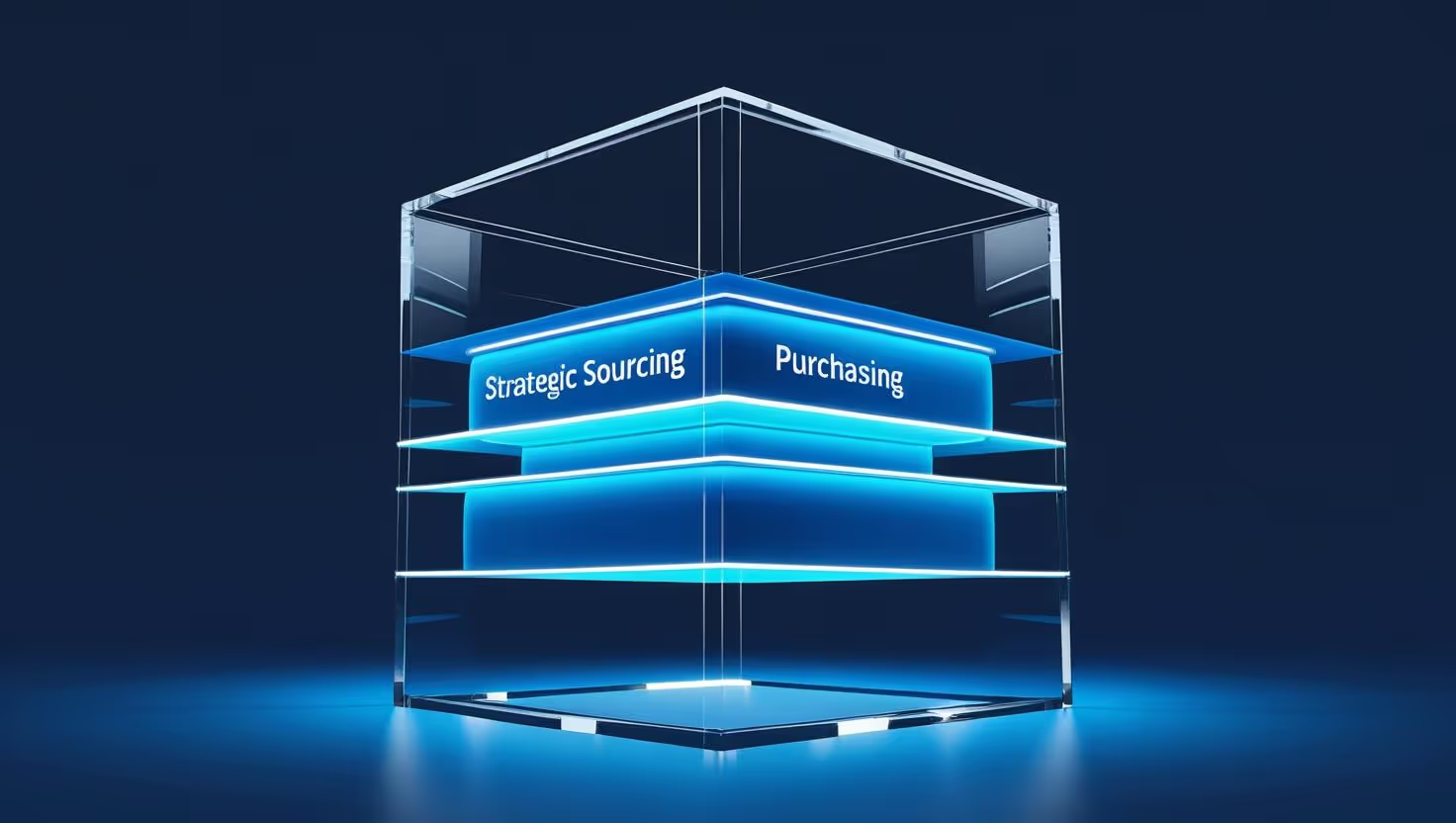

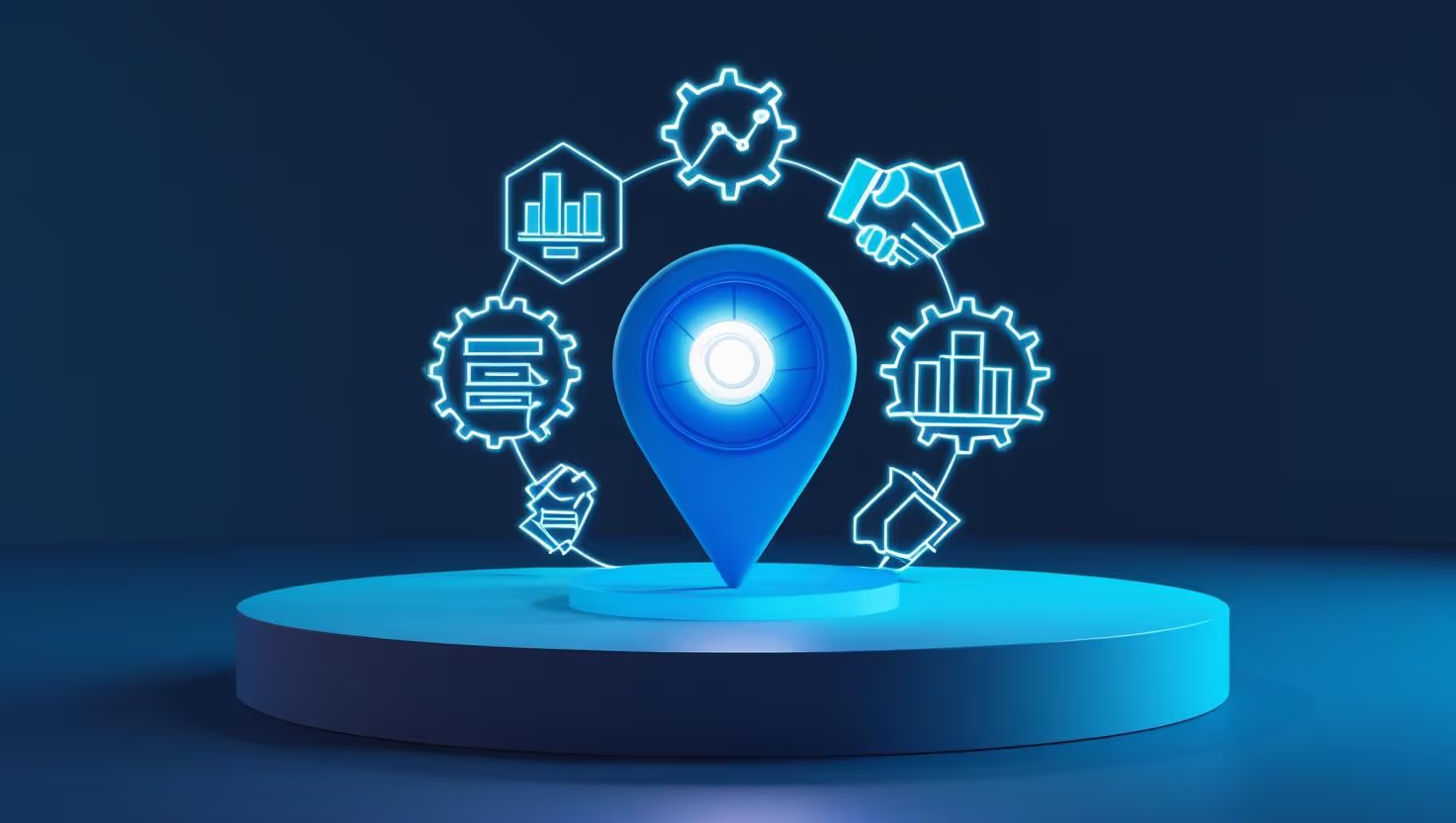
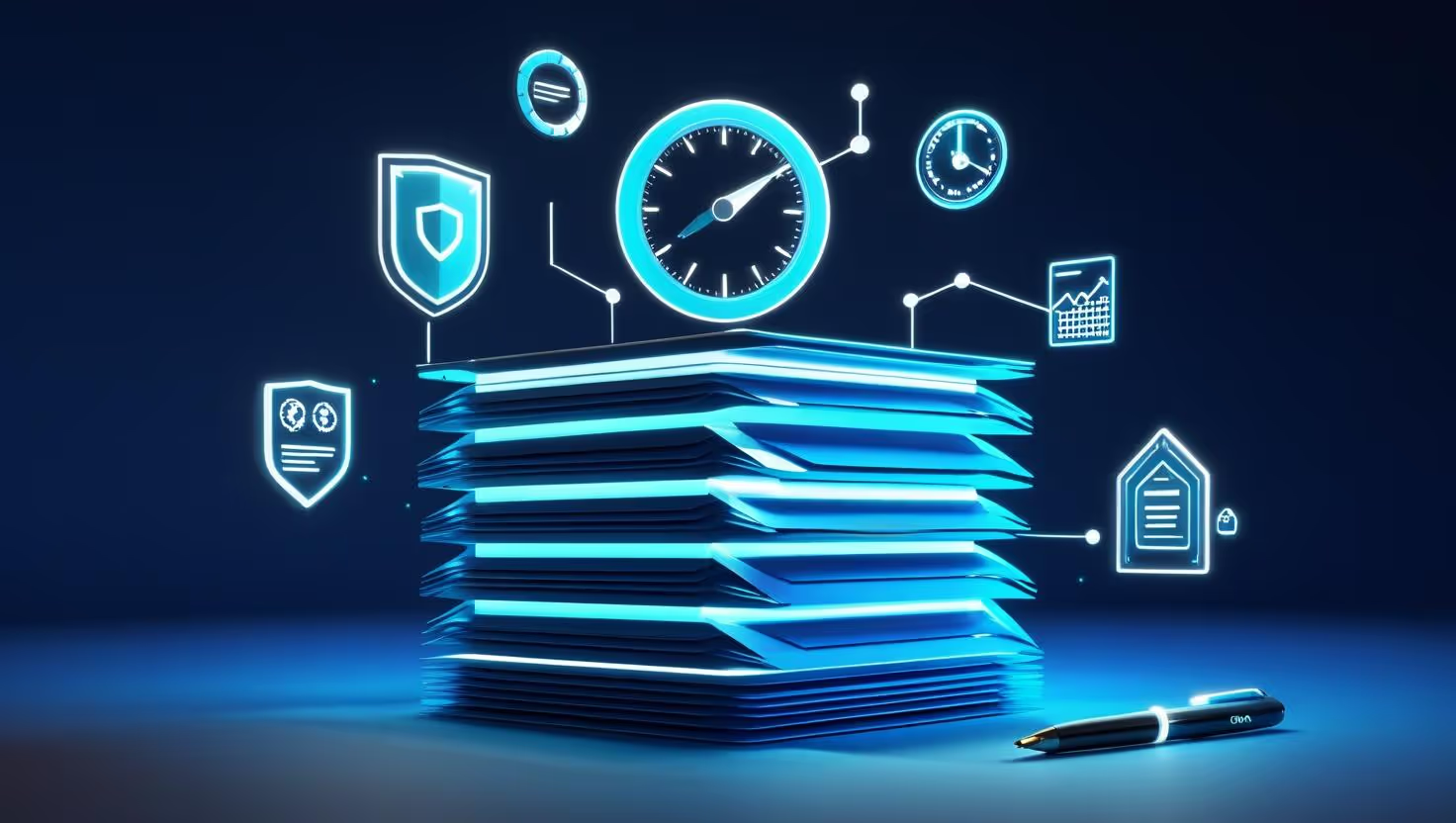




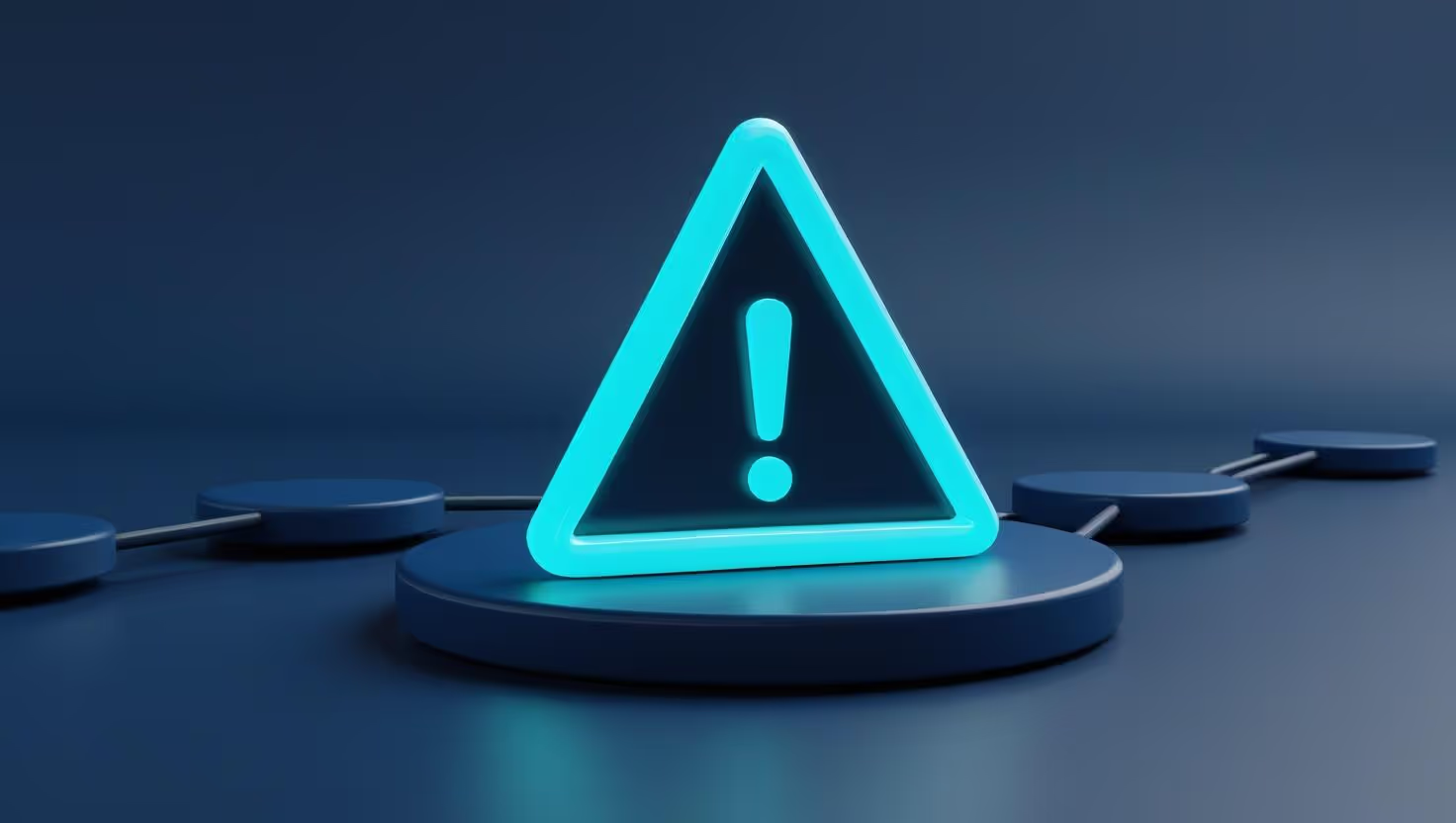








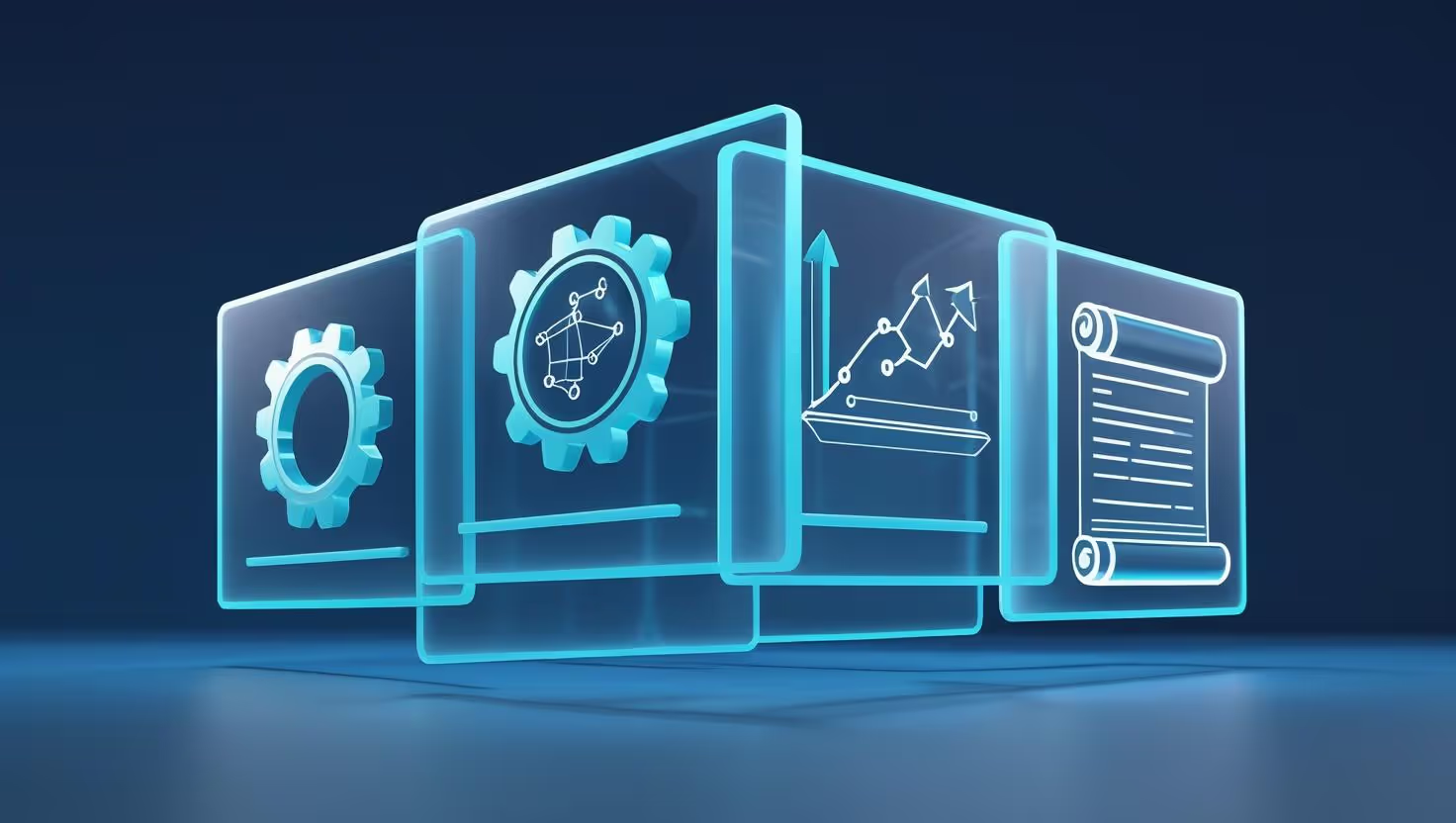



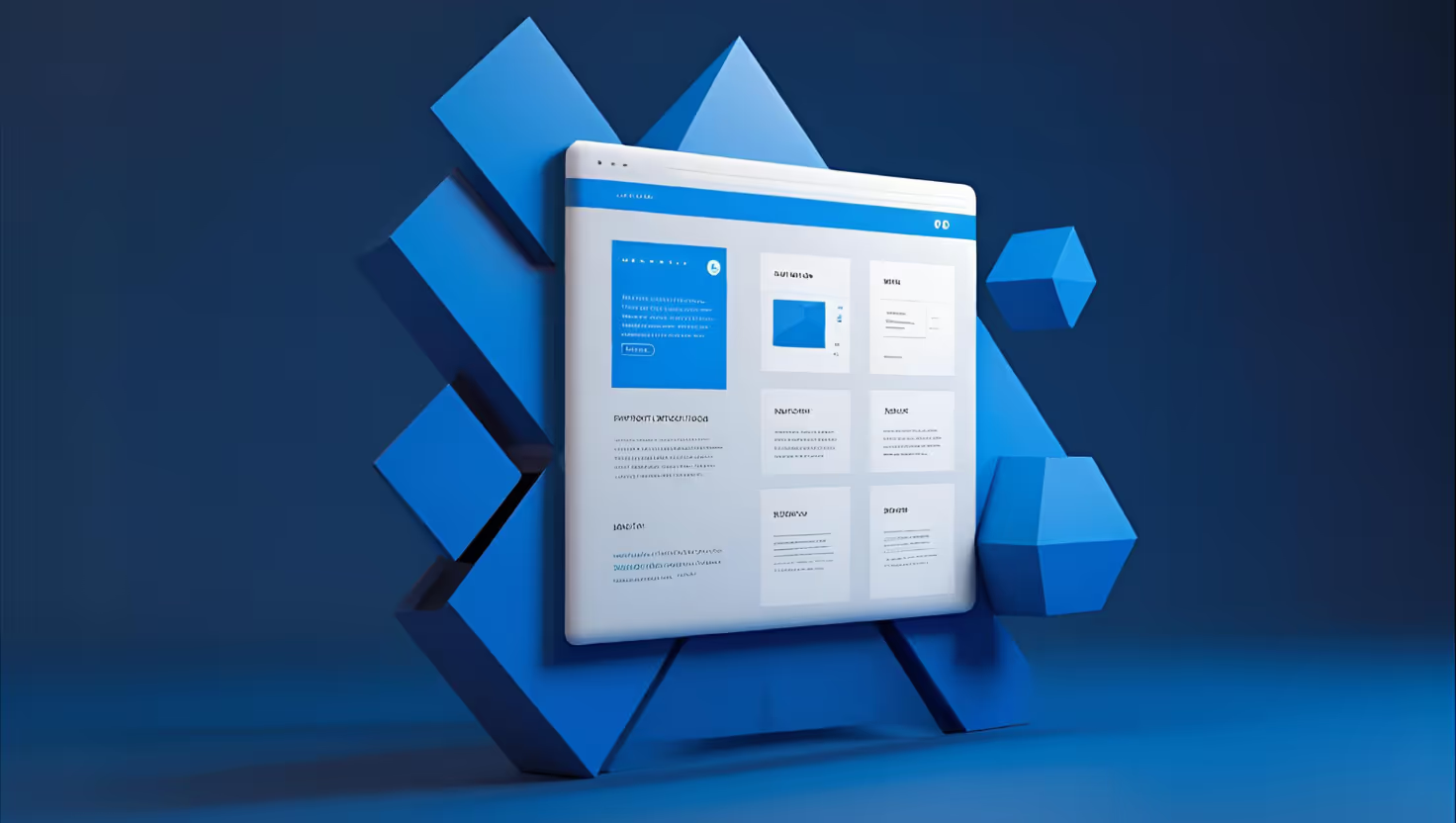







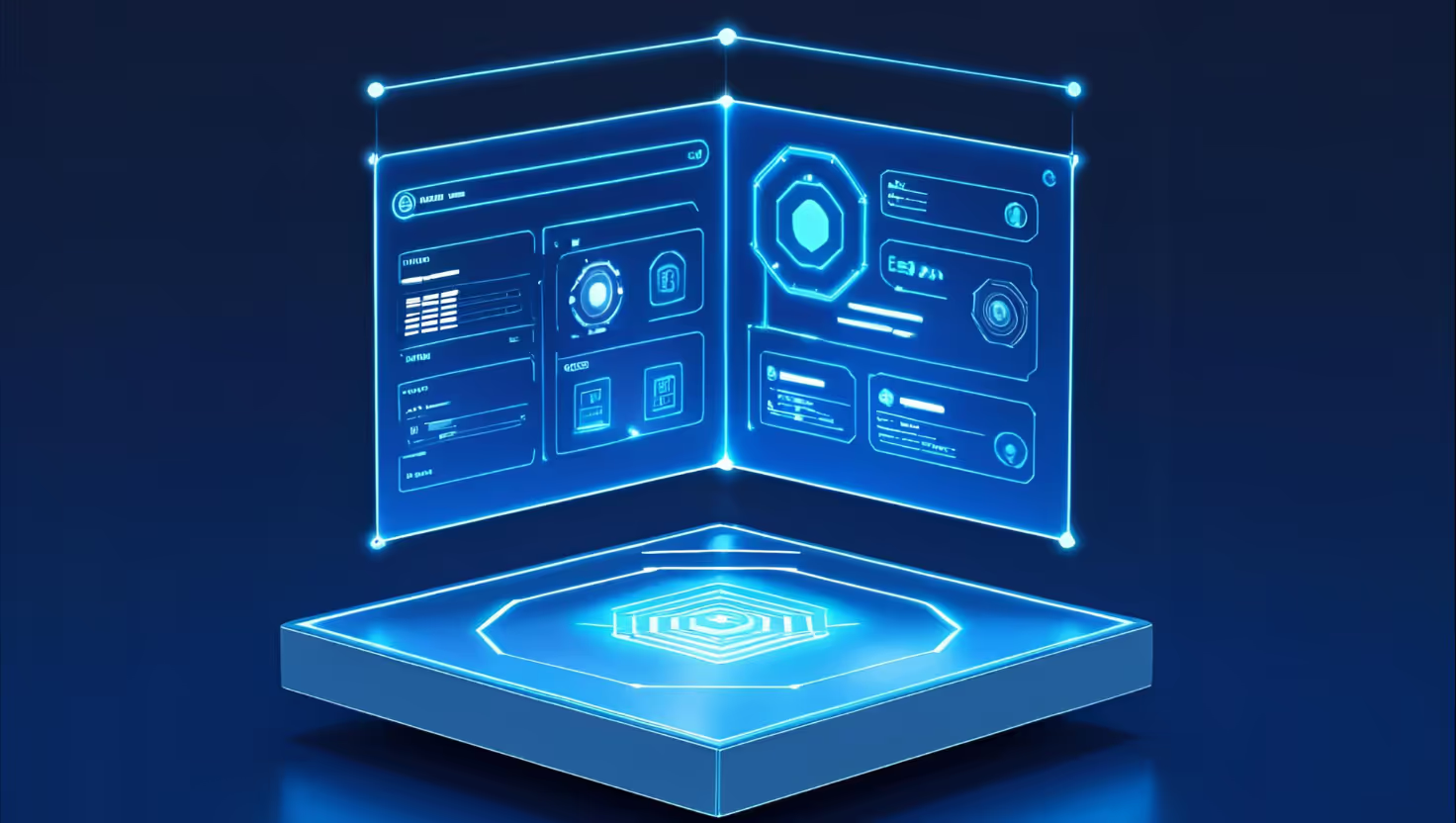

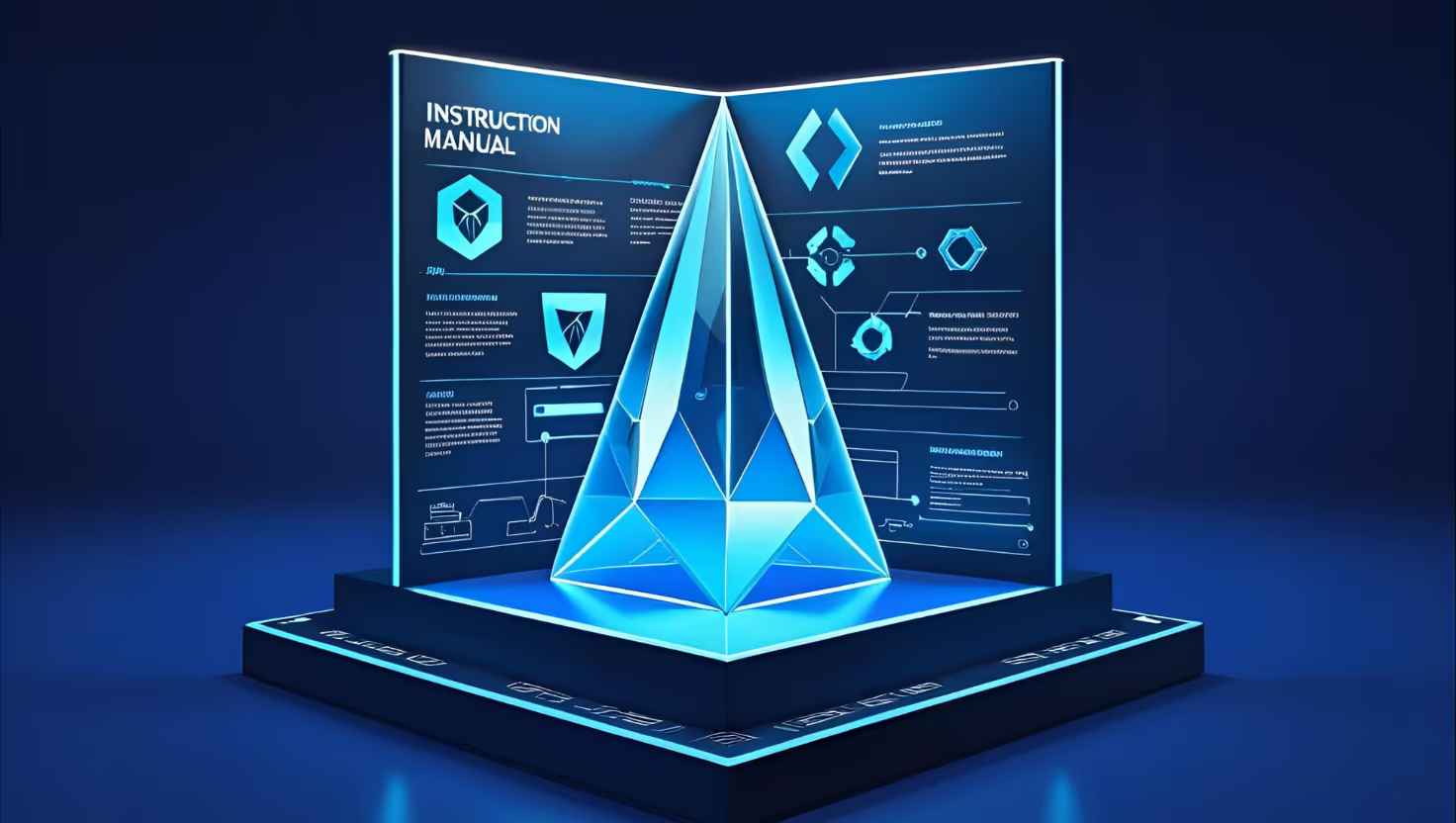




















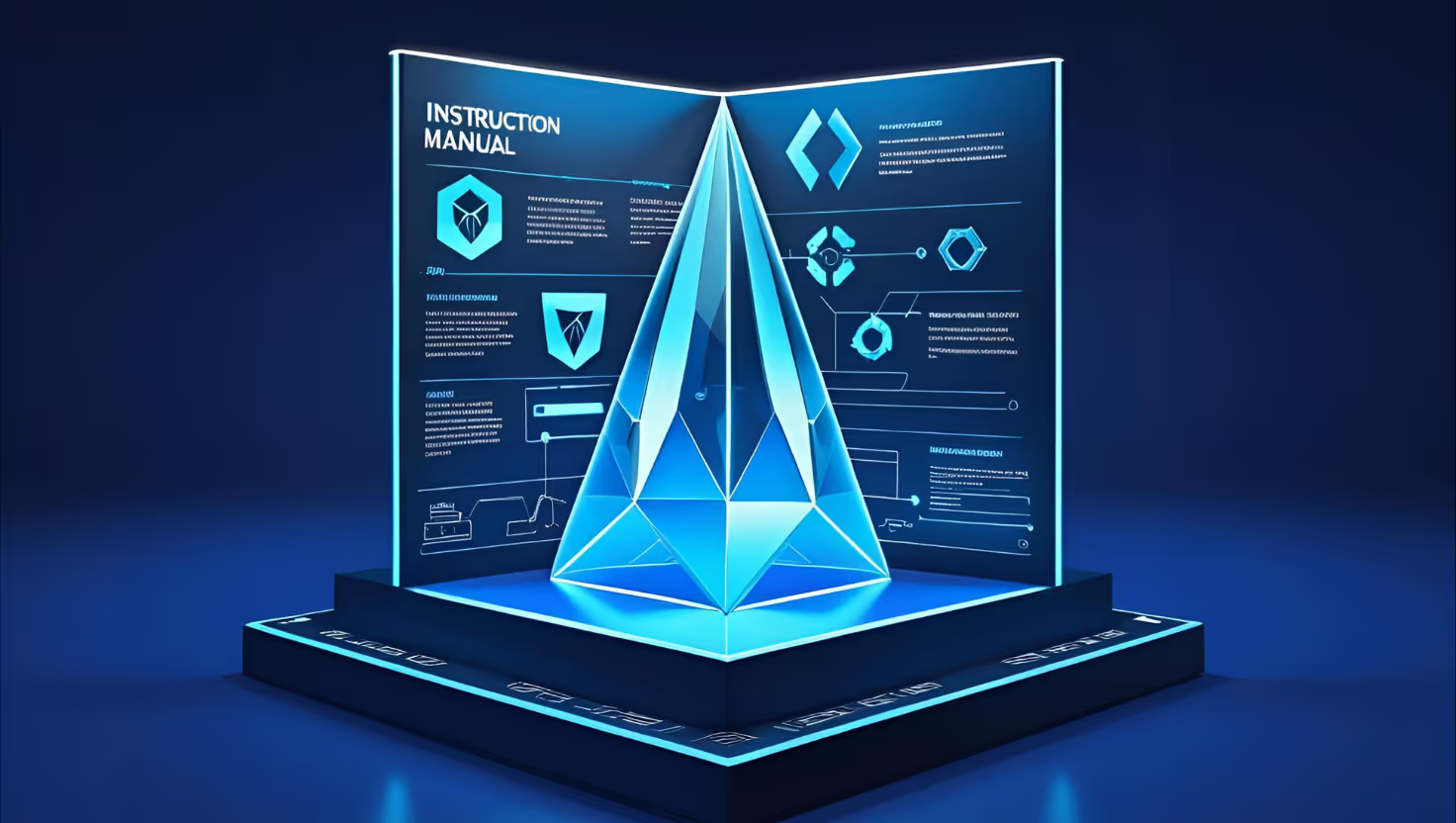










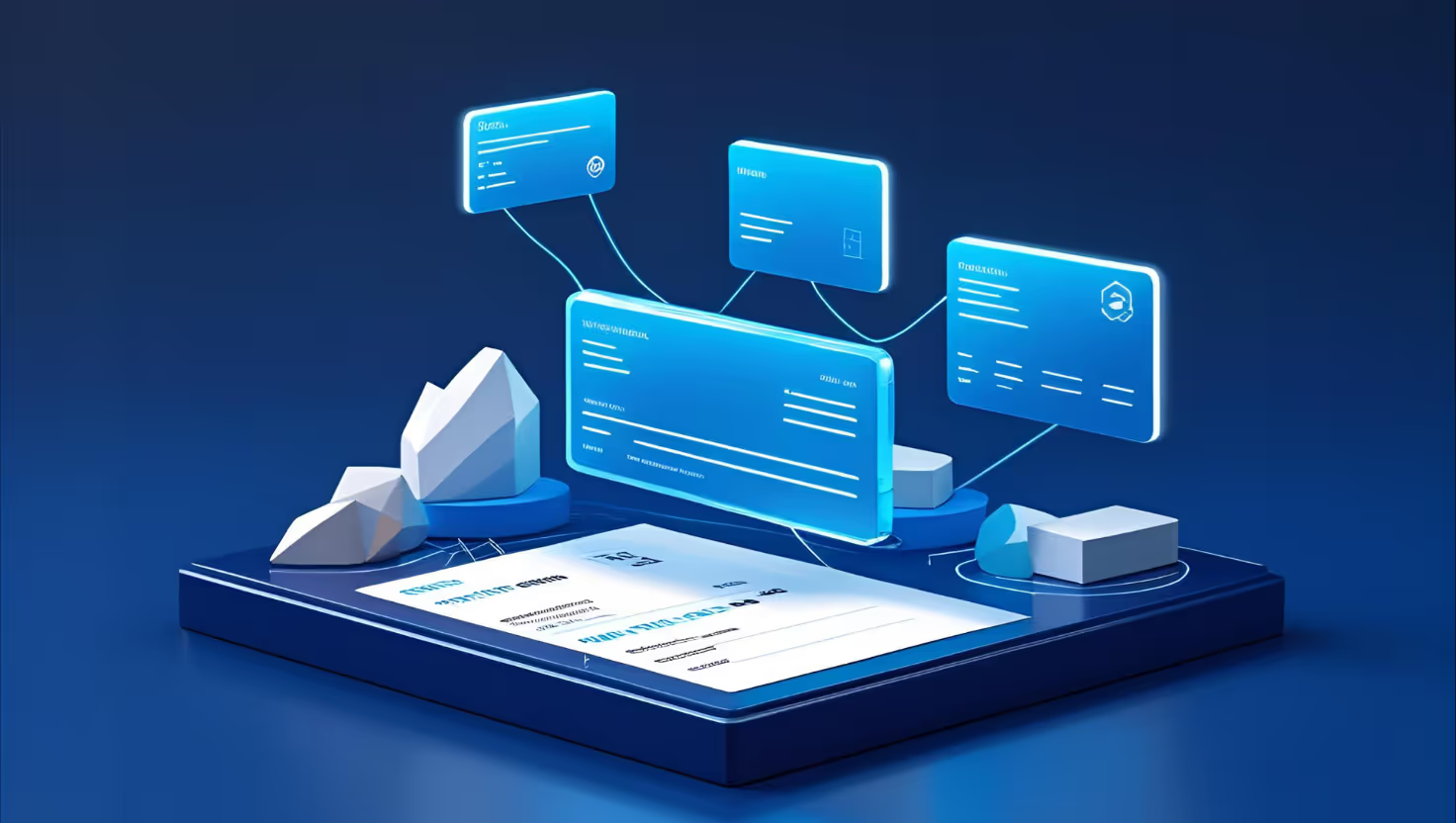








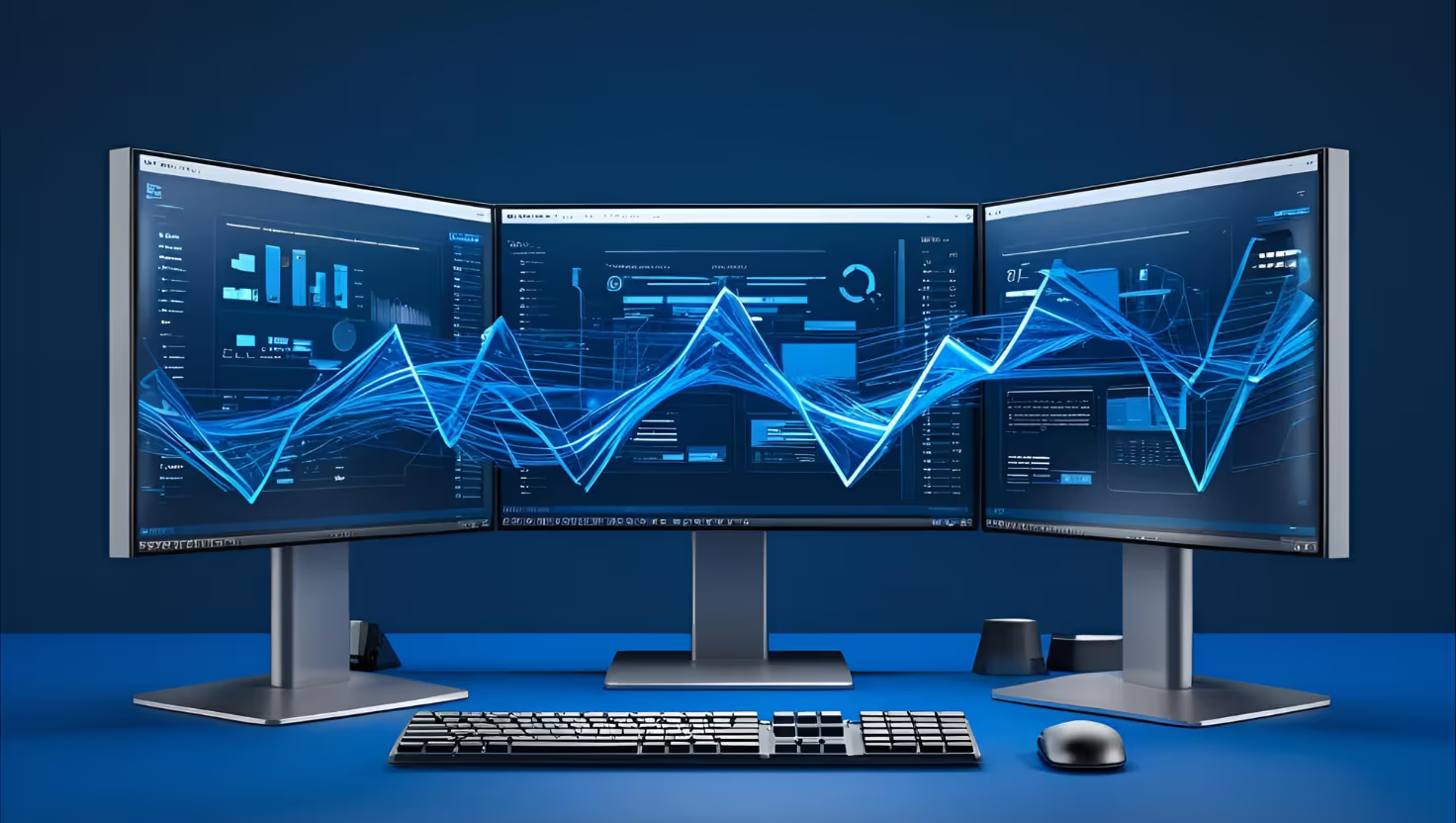


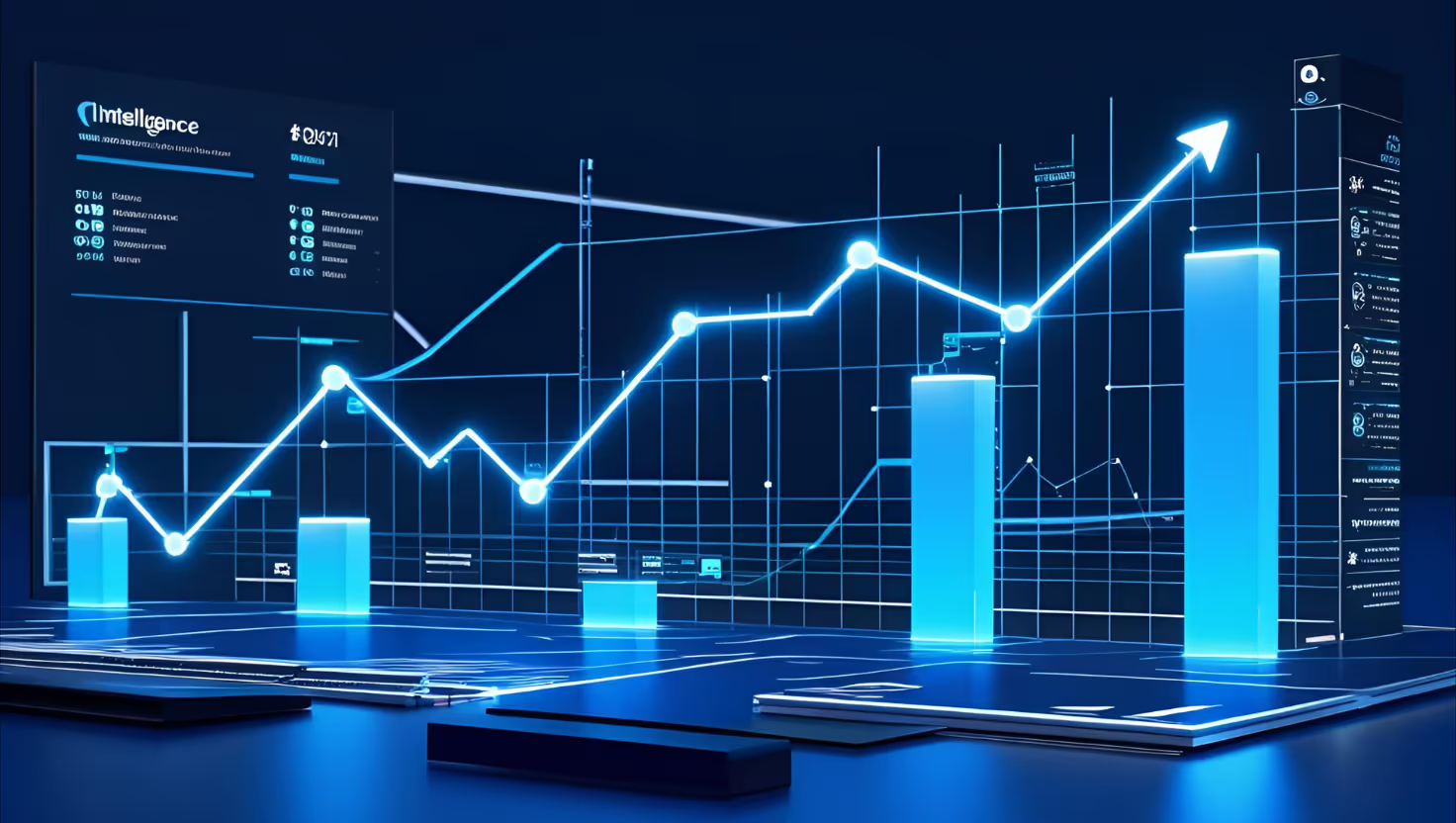
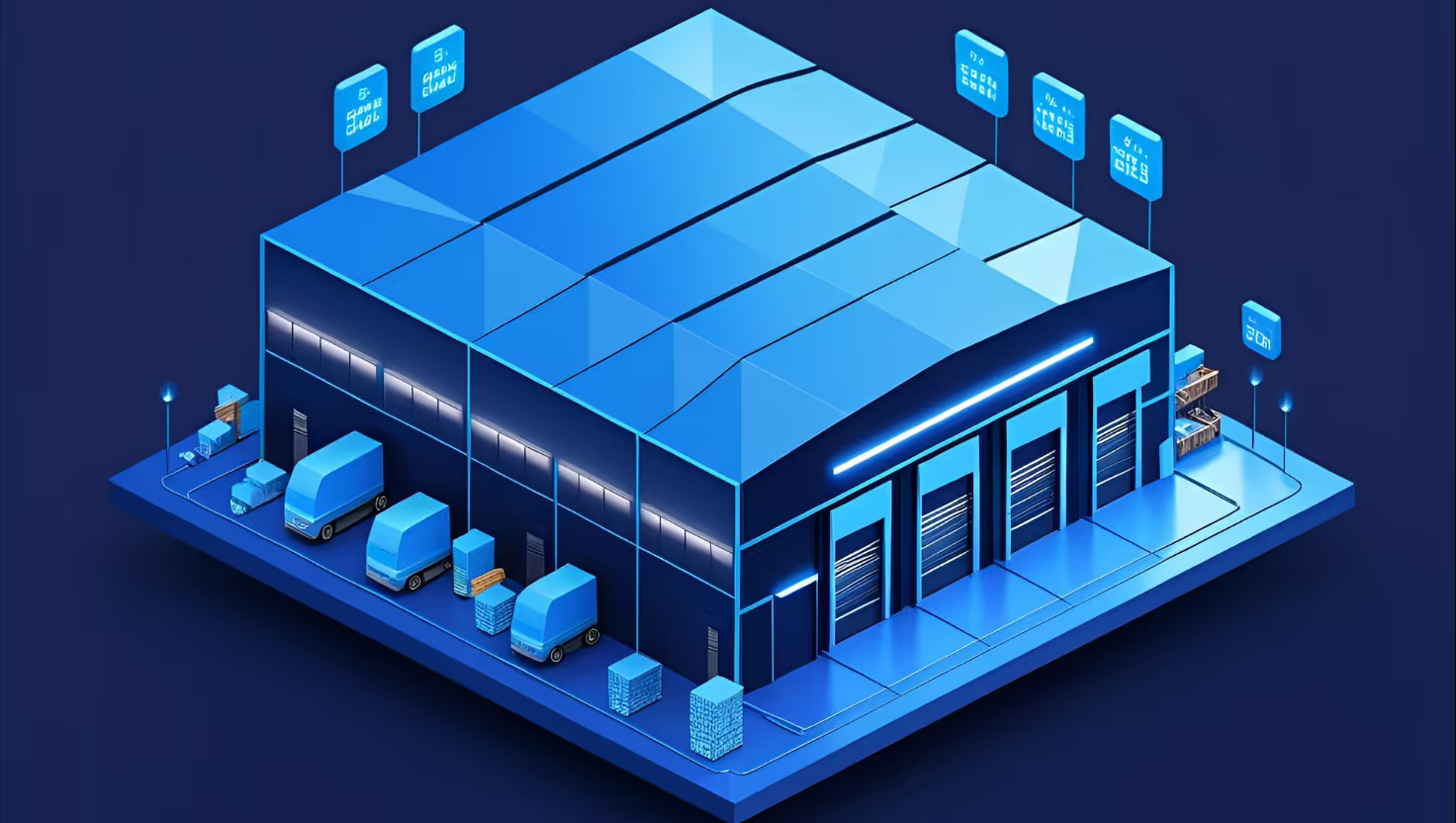

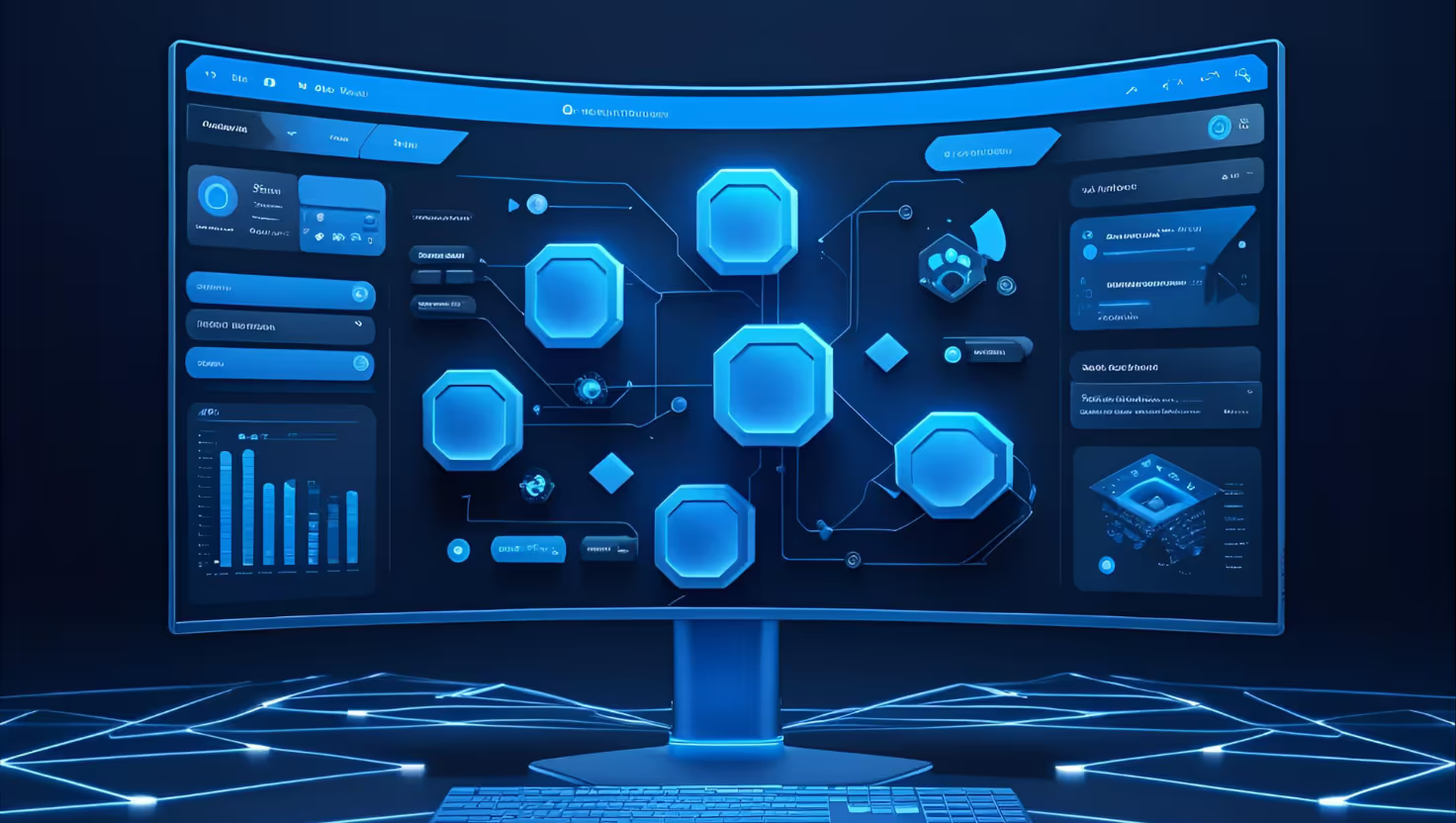












.avif)







